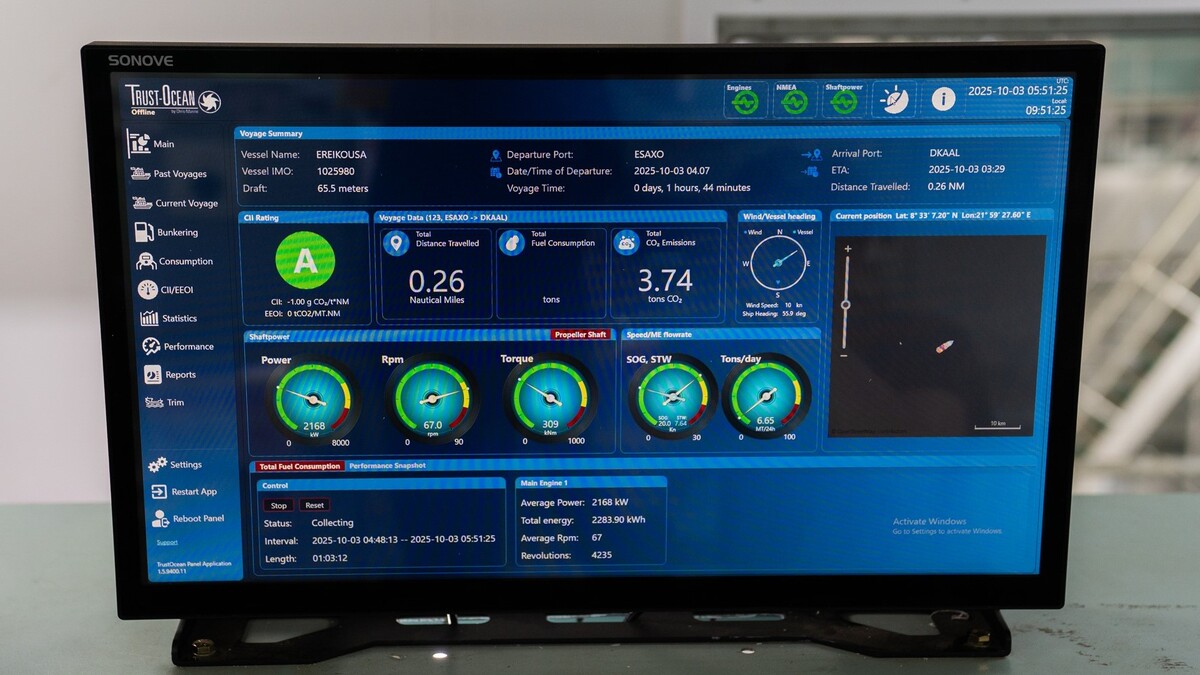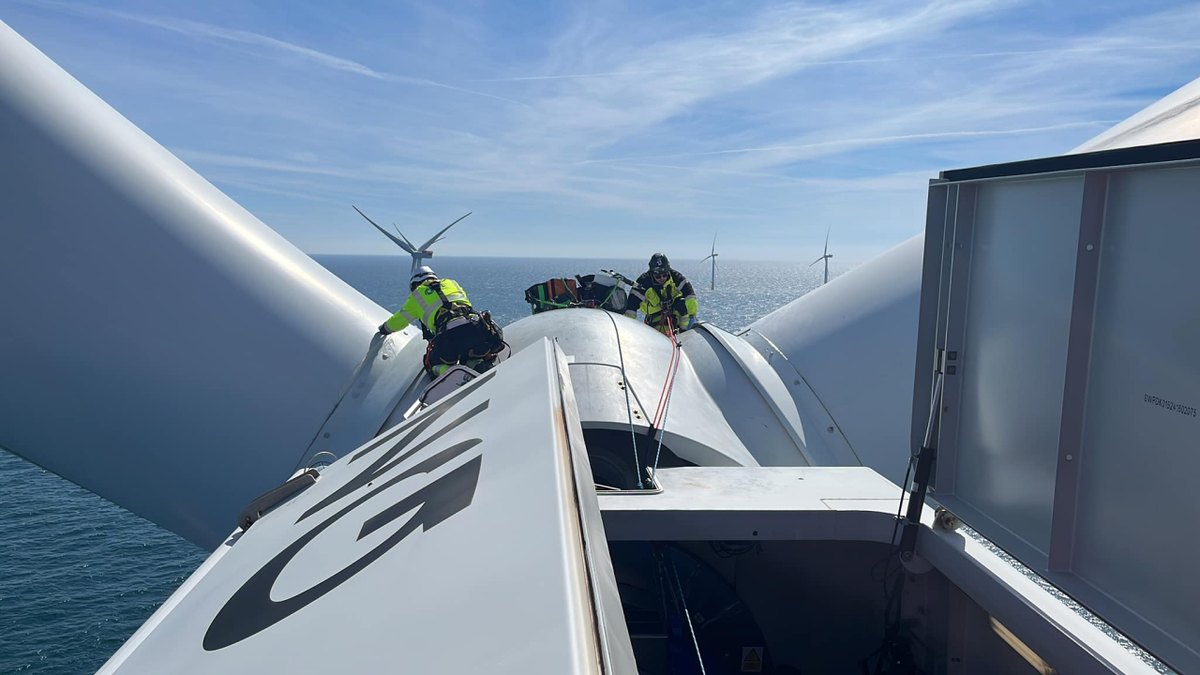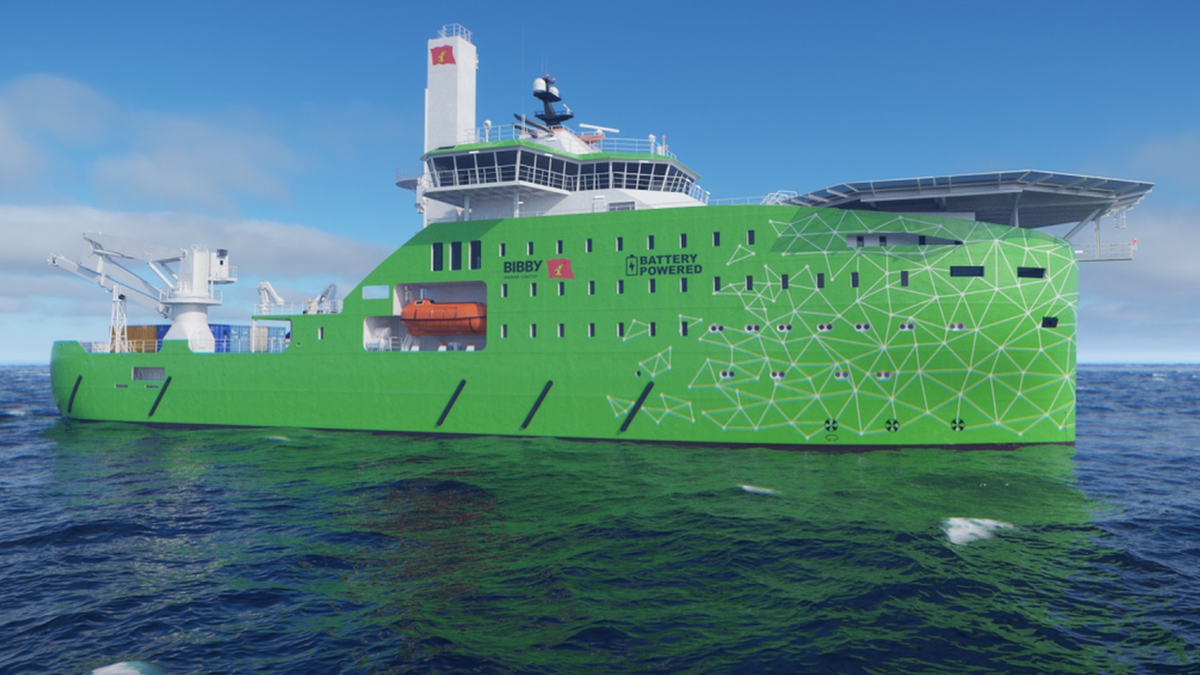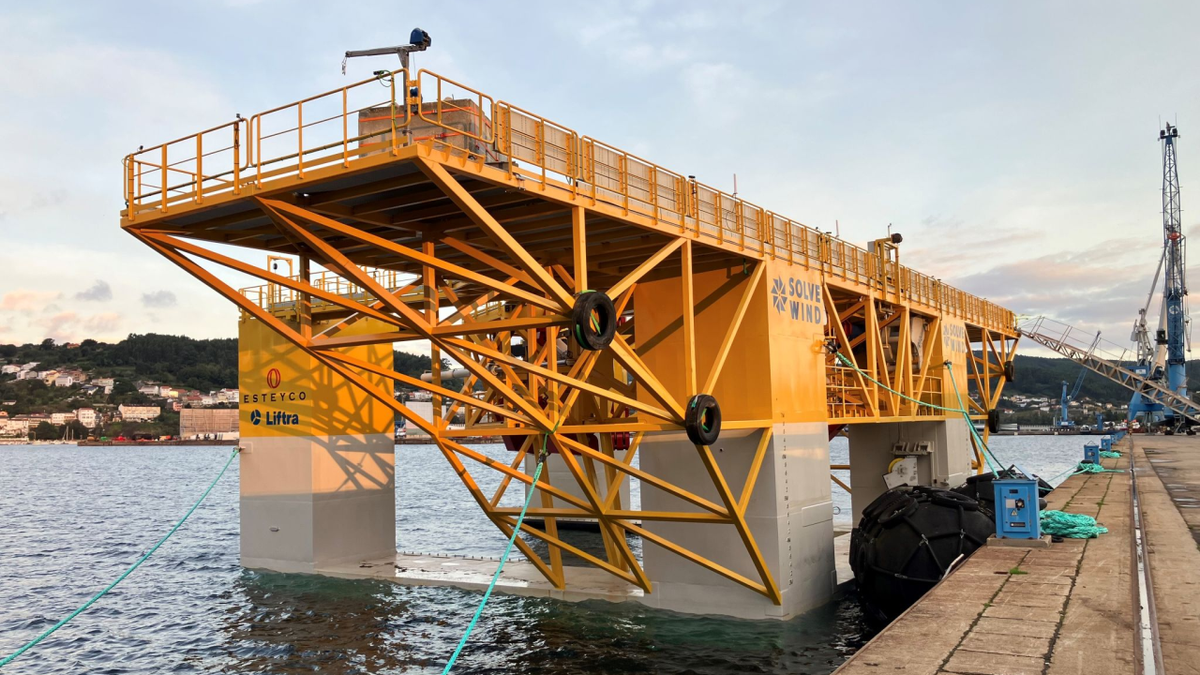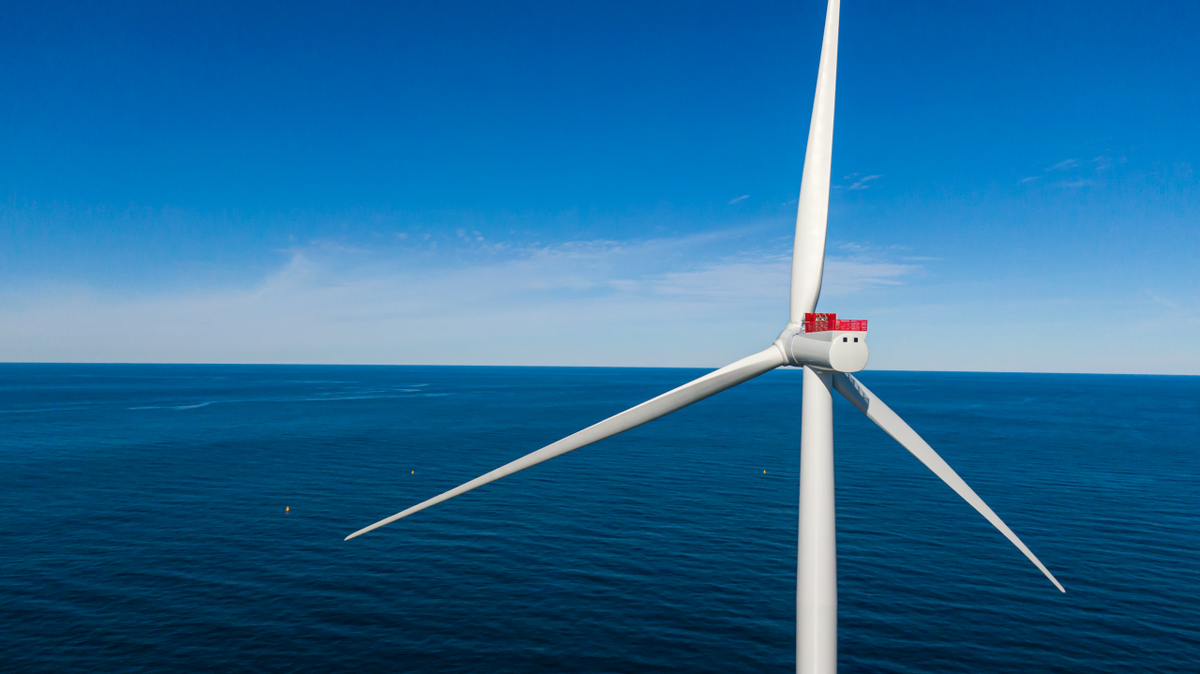Business Sectors
Contents
New trenchers about to begin work offshore
Increasingly, the concept of using trenching and cablelay equipment as rental assets – rather than capex-intensive fully owned equipment – is taking hold, whilst manufacturers such as SMD in the UK note that demand for new equipment has been adversely affected of late by secondhand equipment hitting the market. Graeme Walker, sales and business development manager, trenching, mining and renewables at SMD, said that, despite the availability of secondhand equipment, the company’s production facilities were “full” and the company – a supplier of inter-array lay and burial tractors, trenching remotely operated vehicles (ROVs) and the well known multimode ROV Q-Trencher 1400 and BT2100 unit – expected further orders in anticipation of UK projects getting underway in 2016/17.
In June, CT Offshore confirmed that its new trenching ROV, the CTO 107-1100, would be deployed at Dong Energy’s Gode Wind 1 and 2 offshore windfarms. CT Offshore will install the 97 inter-array cables required for the project. The trenching ROV was designed with a number of objectives in mind, including smoother operation and a faster and more precise burial of the cables. These are some of the features of the CTO 107-1100. Purpose designed and built for the cablelaying industry, it incorporates know-how and experience gained by CT Offshore’s engineering team and ROV pilots and is aimed firmly at the market for burial of inter-array cables.
The new trenching ROV has an operating depth of 100m but with an option of up to 1,500m, which means that the unit can also be used for other types of cablelay projects apart from inter-array cables on offshore windfarms.
“We are looking forward to bringing the new trenching ROV into operation. The test results from our first wet-test in the North Sea just outside Esbjerg exceeded our expectations,” said Mads Carstens, a senior manager who is head of subsea at the company.
He explained that, despite its compact size, the CTO 107-1100 has more than 1,100hp available for propulsion and to power onboard subsea pumps. The pumps provide the pressure and flow required to work in strata soils with a shear strength of up to 125 kPa. The configuration and variable speed control allows the operator to optimise speed and burial depth versus soil conditions. The trenching ROV has high and low pressure systems delivering jetting and backwash water through an advanced hydraulic operated manifold. This provides the ability to always have the optimum jetting pressure, combined with a controllable backwash system. The tool is able to vary its structural depth to obtain trenching depth from 0–2.3m (with an option of up to 3.0m), always maintaining the optimum angle and penetration.
Mr Carstens explained that CT Offshore has opted for a single sword design. “The single sword method mitigates the risk of snagging the cable between the swords during sudden, unintended changes of direction and grade outs,” he explained. “The single sword undercutting technique has proved to be of great advantage compared to traditional systems with two swords cutting downwards.”
It is well known in the offshore cable industry that handling, lifting and forcing the cable can lead to fatigue damage to it, so CT Offshore has developed a depth of burial indication (DOBI) system to support the readings from the TSS 440 tracking system. The DOBI is a tool that allows for in situ depth of burial indication fore and aft on the CTO 107-1100 without physical contact with the product. The depth indicated is logged and used as a tool, guiding the pilot during second and third pass trenching operations when the burial depth of the cable often is beyond the capability of the other industry systems.
Mr Carstens also highlighted the low weight in water of the CTO 107-1100 ROV, which allows for traction and manoeuvring in soil strengths as low as 3.5 kPa in tracked mode. The vehicle is controlled via a programmable logic-controlled (PLC) vehicle command and control system. To support the greater demand for bandwidth, the overall system design also includes fibre optics throughout the vehicle. Incorporated in the PLC-based control system is an extensive graphical user interface for the pilot and co-pilot. Topside diagnostics offer simple fault finding (subsea) without halting operations. Using a PLC-based control system allows CTO 107-1100’s technicians to address common software-related challenges and use off-the-shelf components supported worldwide via 24-hour remote support. He explained that the open-frame design of the CTO 107-1100 ROV provides easy access and an ergonomic work environment when technicians need to work on the trencher. The control cabin comes fully equipped with high resolution screens, a video logging system for subsea and deck cameras as well as sonar and control screens with high definition resolution. All channels can be streamed to subscribers.
Another well known manufacturer of trenching systems, Pharos Offshore, says it recently completed harbour acceptance tests with its UTV1200 trenching system. Pharos Offshore acquired an SMD-built 1,200hp cable burial tool and has modified the unit extensively, turning it into a more effective post-lay/installation burial vehicle. The UTV1200 can be provided for work in the offshore wind and other sectors on project-specific terms or through a long-term lease.
Fugro recently confirmed that it is now offering cablelay in addition to trenching to its offshore windfarm and tidal energy clients. The company has equipped its trenching vessel Fugro Saltire with a compact custom-made cablelay spread. This comprises a reel drive system to store the cables, a tensioner to lay them, twin winches and a quadrant deployment system on rails, all fitted to the rear deck of Fugro Saltire alongside the existing trenching equipment. In operation, the cables are initially pulled into the base of the wind turbines and then laid along the seabed using Fugro Saltire’s dynamic positioning system to line them up accurately with the destination turbine. They are then pulled in using the quadrant system to manage the cable during overboarding and pull-in. The quadrant’s compact design and deployment allows Fugro to control the cable very precisely while pulling in the second end.
An important additional innovation introduced to the system is new 3D sonar technology to supplement ROV support and monitor precisely onsite cable touch-down during the cablelay and pull-in operations, where the daily hazard of very high currents can limit the use of an ROV. The concept for the new cablelay capability was developed during trenching operations at the Humber Gateway offshore windfarm, when E.ON asked Fugro to investigate laying some cables from Fugro Saltire. Fugro’s engineers fitted the cablelay equipment in just six weeks, and cablelaying was completed by February 2015. In addition to trenching 77 array cables, Fugro installed eight array cables along with second end pull-ins of cables already laid by other contractors.
Related to this Story
Events
International Bulk Shipping Conference 2025
Tankers 2030 Conference
Maritime Navigation Innovation Webinar Week
© 2024 Riviera Maritime Media Ltd.

